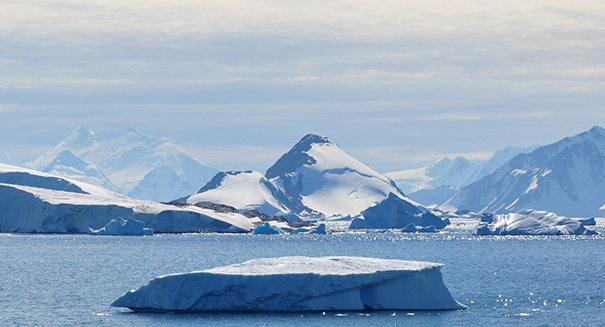
A host of fish, crustaceans, and jellyfish greeted surprised scientists drilling through Antarctica.
To quote Jeff Goldblum in Steven Spielberg’s 1993 blockbuster movie Jurassic Park, life will find a way. Researchers were surprised to find this to be true when they discovered fish, jellyfish and crustacean species milling about on the ocean floor under the Ross Ice Shelf of Antarctica, 530 miles away from the open ocean. Only 33 feet down from the bottom of the ice shelf (which is approximately 2,500 feet thick), the sea floor there is barren of the nutrients scientists would expect these creatures to need, and is instead littered with rocks that are constantly melting out of the ice shelf.
Researchers working on the Whillans Ice Stream Subglacial Access Research Drilling (WISSARD) project speculate that the rocks may, in fact, be the reason that there is sustainable life here. The glacier may be releasing ancient, carbon-rich marine sediments from an old ecosystem that is now making its place on the planet again.
Another interesting angle of this icy investigation is what it may implicate for Europa, one of Jupiter’s moons, that we know to be covered in ice. Slawek Tulaczyk, a glaciologist at the University of California, Santa Cruz, and a lead scientist on the WISSARD project, says that the physical environment being explored is a close replica of the environment on Europa, and that life found here could mean life found on there. Whether or not we are ever able to explore Europa for ourselves is yet to be determined, but with the discovery of life in such a harsh environment here on Earth, we are closer to knowing what we may find on Europa.
Leave a Reply